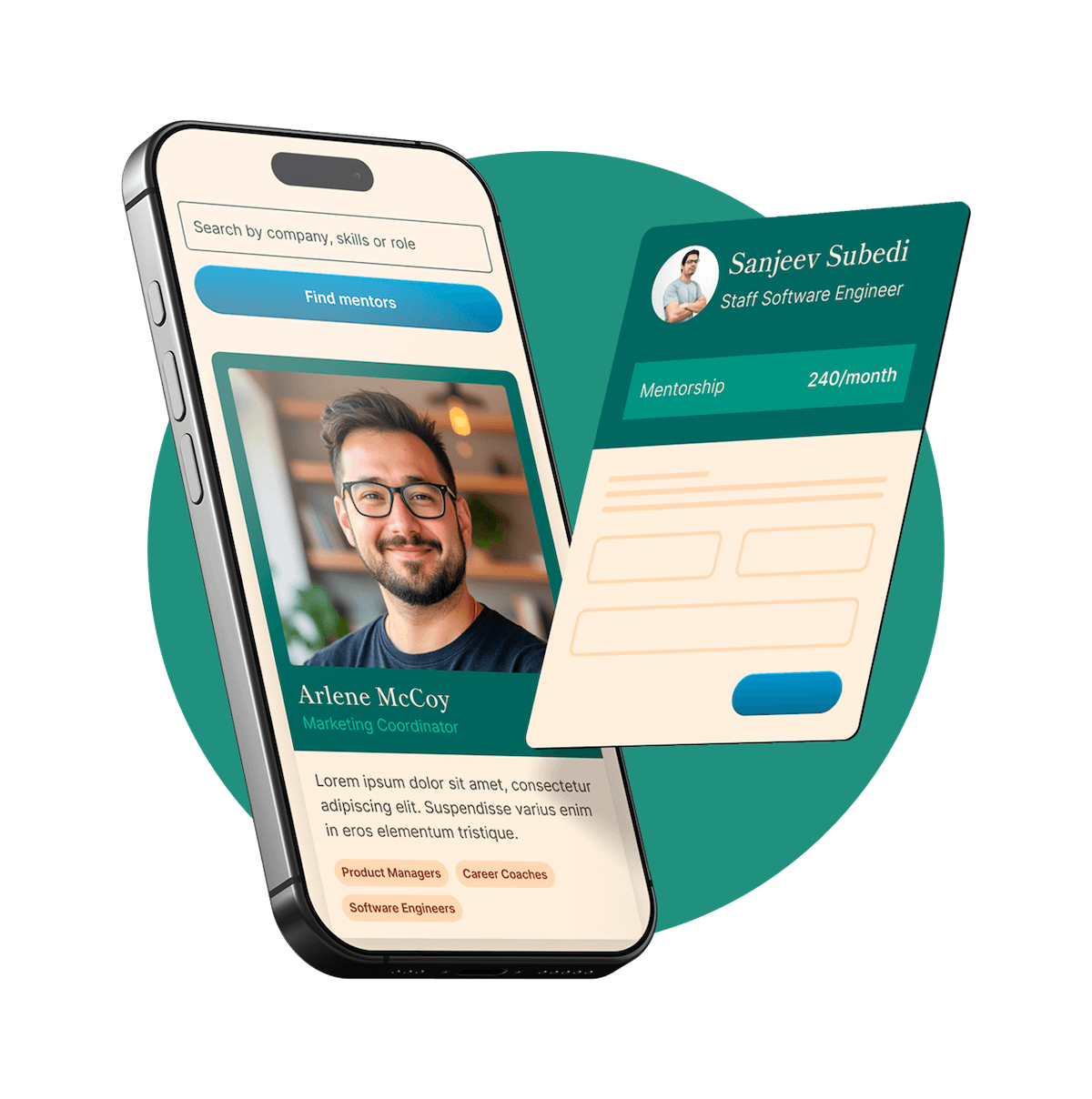We should all know that we shouldn’t focus our marketing on features (or price), so why do we keep doing it? In part, it’s because we don’t focus on our marketing messaging hierarchy effectively.
It’s too easy to focus on features. After all, your product team spent months developing them, (hopefully) based on thorough market research.
And when we believe we have ‘market-leading pricing’, we should shout about it, right?
Let’s look at features first. Cover your eyes, product managers:
Features are boring.
They really are the way to turn your prospects and customers off until they are almost ready to buy.
Part of the challenge is that – particularly early in the buying process – customers often fail to see the connection between a feature and their requirement. Technical detail is fine when we're later in the buying process, but early on when we are in discover mode, when we're learning about a brand or product? That's when technical detail is boring and off-putting.
Do you want a phone with a 108MP camera, or do you want a phone that takes great pictures in any light?
As every good salesperson knows, benefits are better than features.
And outcomes are better than benefits – more on that later.
Price is important, of course it is. But what does it say about your brand, your product and your customers when you lead with it?
Sometimes, of course, pricing is super-important. But try expressing that in terms of value rather than price, for example:
“Save 10 admin hours a week so your team can focus on what really matters. Get started for just £9.99/month.”
The outcome and the benefit get the customer interested, the price point then helps increase interest.

Like lots of marketing theory, it all sounds great and straight-forward.
But if you didn’t get the basics right in the first place, you won’t get the execution right either.
In this case, you need to have a really good understanding of your Ideal Customer Profile, along with their needs and emotional benefits, before you start to create your messaging hierarchy. You also need a good grip of the outcomes your product or service provides. All the great storytelling in the world is for naught if you don’t show your prospect what they get from your product.
My hierarchy of marketing messaging goes as follows:
Outcomes > Emotional benefits > Features & pricing > Reasons to believe & social proof
Let’s look at a specific example of a brand that does outcome-led marketing messaging brilliantly – and always has – Nike.
Your messaging hierarchy only comes when you really understand:
When you have this all articulated, you should be able to start any marketing comms with a your customer outcomes. You can build your messaging hierarchy by asking yourself the following questions:
Features are still important. Those three-column tables showing the features listed in your gold-silver-bronze pricing are pretty handy.
But starting with features is the path to disengagement.
Nike doesn't lead with the technical details of the materials of their sports shoe, they lead with the dream of becoming stronger, faster, better.
The features are only there to deliver an outcome for the customer, and it’s outcomes that customers really buy.
Messaging mentorship: As part of a mentorship programme, I'm happy to help with getting your marketing messaging hierarchy on point. It's an area where it certainly helps to have discussion and consultation, to get feedback and a second opinion.
Find out if MentorCruise is a good fit for you – fast, free, and no pressure.
Tell us about your goals
See how mentorship compares to other options
Preview your first month
